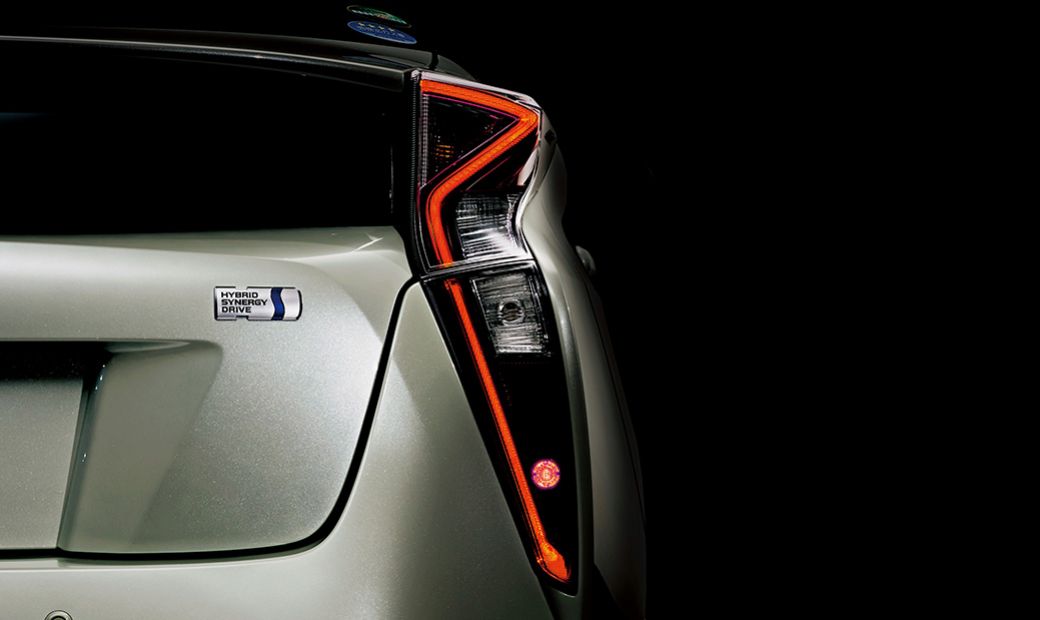Please fill in some of the data provided below to receive the latest Toyota-related news and information in your email.


In its development, electrification technology in cars (Electric Motor Vehicles / KBL) has various types. Each has its own character and way of working. Each "species" also has advantages and disadvantages when compared to fellow "clusters" of vehicles with this electrification system.
Hybrid Electric Vehicle (HEV)
Hybrid cars are listed as environmentally friendly cars that achieved the first commercial success in the modern era. The way HEV works are similar to a conventional engined car (ICE / Internal Combustion Engine). However, there are additional electric motors as a substitute for working the engine for certain conditions. For example under the specified speed or when the car stops. So that even if the engine is turned off, the cabin electrical system and air conditioner (air conditioner) are still functioning.
This electric motor is driven by a battery power supply. Vehicles that adopt a hybrid system do not require a charging station. This vehicle has a technology "self-charging system" in which battery charging is done from the results of the performance of the engine that drives the generator and others by charging electricity to the battery when braking (regenerative braking).
Hybrid Electric Vehicle (PHEV) plug-in
PHEV is a plug-in hybrid electric car equipped with an internal combustion engine or ICE. The engine in the PHEV system is a range extender or increasing the distance of battery power usage to drive the motor.
In the PHEV system, the engine mostly works to drive the battery charger generator, especially in the inner city route (approximately 60 km) which is assisted with regenerative braking. This is why the fuel usage is far more efficient than HEV. From the tests conducted by six state universities in Indonesia, it was found that PHEV outperformed 74% of conventional vehicles in terms of the effectiveness of fossil fuels.
But even though PHEV gets additional power from the engine and also regenerative braking, the charging pattern is still not optimal to fully charge the battery. Ideal battery recovery conditions still use a charger system (plug-in), which can be done at home or a special charging station. For charging this battery, a home or charging station must have at least 4,400 Watt of power.
Battery Electric Vehicle (BEV)
As the name implies, BEV only relies on batteries as a source of power to drive electric motors on wheels, so it requires charging facilities for charging electric power. In terms of emission levels, this vehicle has the lowest emission to zero because it does not use a motorized combustion engine. However, the use of BEV will have a maximum environmental impact if the power source uses renewable energy (EBT)
BEV can be very dependent on the charging station infrastructure. Users will be very comfortable if all the main supporting facilities have been widely available. But on the contrary, if you are in an area with minimal electric charging stations, the user of this car must have a strategy and be able to calculate the car's power usage properly.
On paper, BEV is more economical than a hybrid system, mainly in terms of maintenance. Because this car doesn't need to change engine oil, transmission oil or anything else. While the electric motor can be said to be maintenance-free.
FCEV (Fuel Cell Electric Vehicle)
Although both use the electrical system, FCEV has a different principle. This car can produce electricity produced in the fuel cell unit. Electricity results from the performance of the fuel cell are then used to drive an electric motor.
On paper, the FCEV efficiency is 80% better than conventional motorized cars and only has emissions in the form of water vapor or pure water. However, the challenge of FCEV is the fuel used. This vehicle requires a hydrogen fueling station. This facility is a modern infrastructure that is relatively complicated in its operation. While the components for fuel storage must use a high-pressure tube with special material so that it is resistant to harsh impact and weather influences to ensure the safety aspects of its users.
Media/Journalist Contact : [Memuat email...]
Non Media / Non Journalist Contact : [Memuat email...]

© 2024 Toyota Motor Manufacturing Indonesia. All Rights Reserved.
